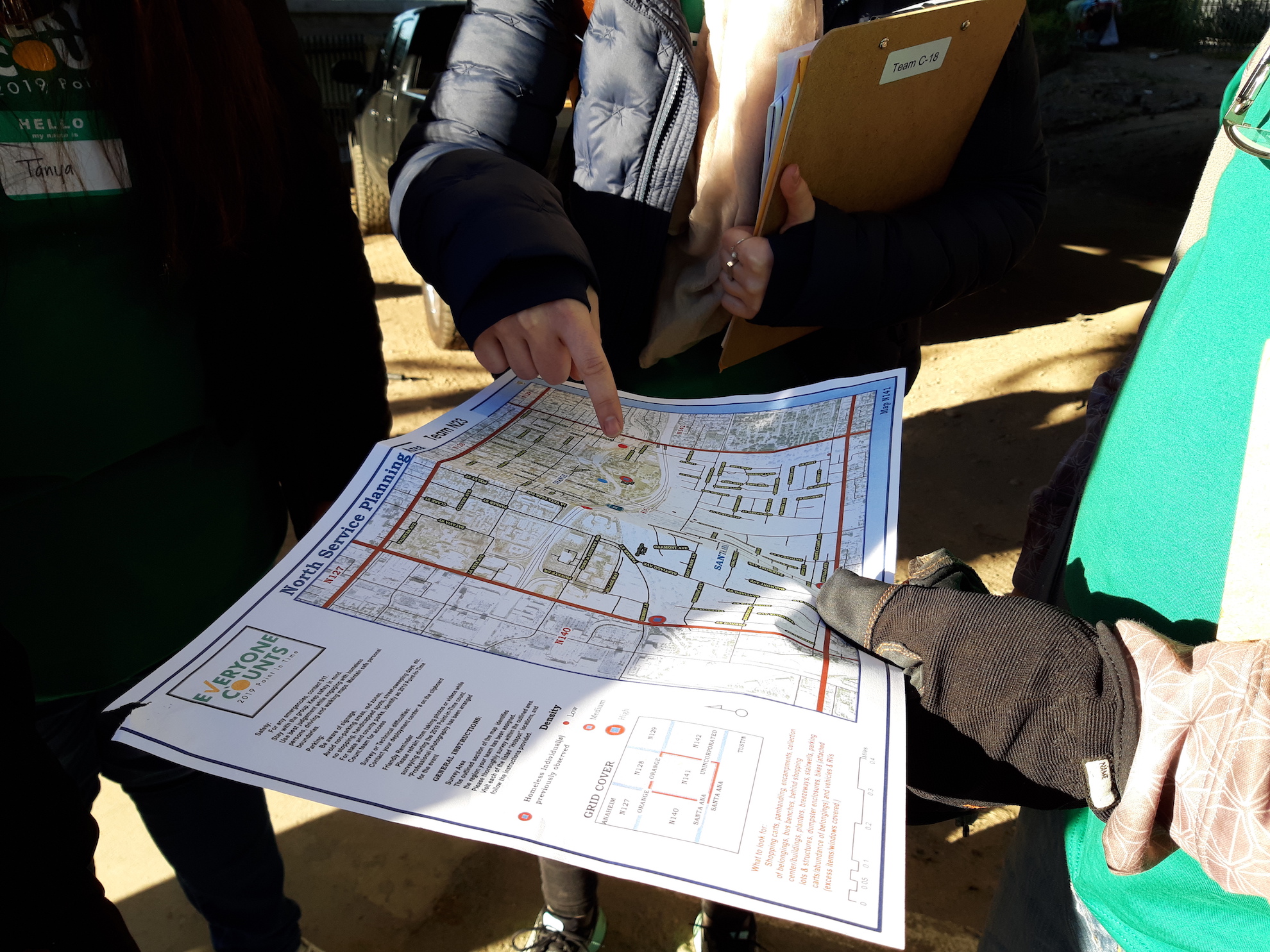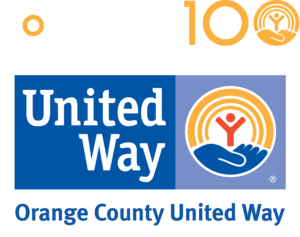5 Steps to Tackle Homelessness

Federal, state, and local policies have garnered significant influence over the efforts to bring together the support and awareness needed to tackle homelessness. Communities in Orange County, in particular, have focused on specific subgroups, such as families, chronically homeless individuals, veterans, and, more recently, youth. According to a collaborative study by UC Irvine, Jamboree, and Orange County United Way, housing strategies have already been implemented to reduce the systemic and social costs associated with each of these homeless population segments.
With the last few decades showing an increase in both homeless populations and the costs needed to aid them, certain steps outlined in the Cost Study were taken to convene new partnerships, and grow both public and private support and awareness of what it takes to end homelessness. If you plan on joining a community-wide effort to tackle the issues around homelessness, here are the five steps to prompt you and your community to take action.
Create Community-Wide Understanding of Homelessness
The first step towards addressing homelessness starts with identifying the communities with growing homeless populations and generating a better understanding of exactly who those experiencing homelessness are. With profiles of OC’s homeless identified from the Cost Study, the right solutions will become more manageable.
Develop SMART Goals
Community leaders need to be aligned with specific numeric goals for the creation of appropriate housing solutions needed to house the varying homeless population segments. These goals must then be addressed through an agreed-upon, time-bound action plan to increase housing stock (e.g. Emergency Shelter, Bridge Housing, Permanent Supportive Housing, and Rapid Re-Housing).
Formalize Countywide Impact
With the introduction of formalized countywide efforts to end homelessness coupled with a shared set of goals and respective roles, groups such as the County of Orange, ACC-OC and various other business, nonprofit and faith-based communities can have a broader impact for homelessness programs.
Prioritize High-Risk Populations First
The priority should be to house those most vulnerable and costly to our community first. The criminal justice, hospital and health care costs to our community, if these individuals remain homeless, can total at least $433,845 per year. For this reason, a robust system of care that targets the top 10% of the chronically homeless individuals should be established.
Assess and Map Available Resources
Various public and private funding and resources have to be aligned to address homelessness. The development of strategic public-private partnerships can advance community involvement in programs such as a Homelessness 101 program, and help redeploy existing resources in alignment with the goals set to end homelessness.
The United to End Homelessness initiative brings Orange County citizens together to ensure that integrated and sustainable solutions outlined above are implemented to end homelessness in our community, starting with those suffering from disabling and debilitating conditions.
